How To Hide From Thermal Imaging ?
There are several methods that can potentially help in hiding from thermal imaging. One approach is to use materials that have low thermal conductivity and high emissivity, such as certain types of fabric or insulation. These materials can help to reduce the heat signature emitted by your body, making it more difficult for thermal imaging devices to detect you. Another method is to create a barrier between yourself and the thermal imaging device, such as by using thermal blankets or hiding behind objects that can block or absorb thermal radiation. Additionally, altering your body temperature by cooling or heating yourself can also potentially make it harder for thermal imaging to detect you. However, it is important to note that these methods may not guarantee complete invisibility from thermal imaging, as the effectiveness can vary depending on the specific circumstances and capabilities of the thermal imaging device being used.
1、 Insulating Clothing and Materials
Insulating clothing and materials can be effective in hiding from thermal imaging to some extent. Thermal imaging technology detects and measures the heat radiating from objects and individuals, allowing for the identification of heat signatures. However, by wearing insulating clothing and using certain materials, it is possible to reduce the heat signature emitted by the body and make it more difficult for thermal imaging to detect.
Insulating clothing, such as thermal underwear, jackets, and pants, can help to trap and retain body heat, reducing the temperature difference between the body and the surrounding environment. This can make it harder for thermal imaging cameras to distinguish the heat emitted by the body from the background temperature.
Materials with low thermal conductivity, such as wool, can also be effective in hiding from thermal imaging. These materials do not readily transfer heat, which means that less heat is emitted from the body's surface. Additionally, materials with reflective properties, such as aluminum foil, can help to redirect and scatter thermal radiation, further reducing the heat signature.
It is important to note that while insulating clothing and materials can help to reduce the heat signature, they may not completely hide a person from thermal imaging. Advanced thermal imaging technologies can still detect subtle differences in temperature and thermal patterns. Therefore, it is advisable to combine insulating clothing with other techniques, such as using thermal blankets or seeking shelter in areas with consistent ambient temperatures, to further minimize the chances of detection.
It is worth mentioning that thermal imaging technology is constantly evolving, and new advancements may make it more challenging to hide from thermal imaging in the future. Therefore, it is essential to stay updated on the latest developments and adapt strategies accordingly.
2、 Thermal Camouflage Techniques
Thermal imaging technology has become increasingly advanced in recent years, making it more challenging to hide from thermal cameras. However, there are some techniques that can help minimize your thermal signature and make it more difficult for thermal imaging to detect you.
1. Insulation: Insulating yourself from the surrounding environment can help reduce your thermal signature. Wearing multiple layers of clothing, especially those made from insulating materials like wool or synthetic fibers, can help trap your body heat and make it harder for thermal cameras to detect you.
2. Cooling techniques: Cooling your body can significantly reduce your thermal signature. Applying cold water or using cooling packs on your body can help lower your skin temperature and make you less visible to thermal cameras. However, this method is only effective for a short period as your body will eventually warm up again.
3. Thermal camouflage materials: Researchers are developing thermal camouflage materials that can help mask your thermal signature. These materials work by either reflecting or absorbing thermal radiation, making it harder for thermal cameras to detect you. However, these materials are still in the experimental stage and not widely available.
4. Natural cover: Utilizing natural cover, such as dense foliage or natural terrain features, can help break up your thermal signature. By positioning yourself behind objects that provide thermal insulation, you can reduce the chances of being detected by thermal cameras.
5. Avoidance: The most effective way to hide from thermal imaging is to avoid being in the line of sight of thermal cameras altogether. By staying out of open areas and minimizing your movement, you can reduce the chances of being detected.
It is important to note that while these techniques can help reduce your thermal signature, they may not make you completely invisible to thermal imaging. As thermal imaging technology continues to advance, it is crucial to stay updated on the latest developments and adapt your camouflage techniques accordingly.
3、 Concealing Heat Signatures with Cold Objects
Concealing heat signatures with cold objects is one method that can be used to hide from thermal imaging. Thermal imaging technology detects the heat emitted by objects and individuals, making it difficult to hide from surveillance. However, by using cold objects, it is possible to reduce or mask the heat signature, making it harder for thermal imaging devices to detect.
One way to conceal heat signatures is by using materials with low thermal conductivity, such as insulation foam or ceramic tiles. These materials can help to dissipate or absorb heat, reducing the temperature difference between the object and its surroundings. By doing so, the object becomes less visible to thermal imaging devices.
Another method is to use cooling devices or refrigeration systems to lower the temperature of an object or area. By actively cooling the surface, the heat signature can be significantly reduced or even eliminated. This technique is commonly used in military applications, where soldiers use portable cooling systems to lower their body temperature and avoid detection.
It is important to note that while concealing heat signatures with cold objects can be effective, it is not foolproof. Advanced thermal imaging technologies can still detect subtle temperature differences, and other factors such as body heat or movement can still give away a person's presence. Additionally, thermal imaging devices are constantly evolving, and new technologies may be developed to overcome these concealment methods.
In conclusion, concealing heat signatures with cold objects is a viable method to hide from thermal imaging. However, it is crucial to stay updated on the latest advancements in thermal imaging technology and consider additional measures to ensure complete concealment.
4、 Using Natural Barriers and Landscapes for Cover
Using natural barriers and landscapes for cover is an effective way to hide from thermal imaging. Thermal imaging technology detects heat signatures emitted by objects and living beings, making it challenging to conceal oneself completely. However, by understanding how thermal imaging works and utilizing natural elements, one can significantly reduce their thermal signature and increase their chances of remaining undetected.
One of the most crucial aspects of hiding from thermal imaging is understanding how heat is emitted and reflected. Heat is absorbed and emitted by various surfaces differently, and understanding these differences can help in finding suitable hiding spots. For example, dense vegetation such as bushes, trees, and shrubs can absorb and dissipate heat, making it harder for thermal imaging to detect a person hiding within them. Additionally, natural features like rocks, caves, or even bodies of water can provide effective cover by altering the thermal signature.
To further enhance concealment, it is essential to consider the surrounding landscape. Choosing areas with drastic temperature variations, such as shaded areas or places with significant temperature gradients, can help mask one's thermal signature. Shadows cast by buildings or natural formations can also provide temporary cover from thermal imaging.
It is important to note that thermal imaging technology is continually evolving, and new advancements may make it more challenging to hide. For instance, some thermal imaging systems can now detect temperature differences as small as 0.01 degrees Celsius, making it harder to hide even with natural barriers. Therefore, it is crucial to stay updated on the latest developments in thermal imaging technology and adapt hiding strategies accordingly.
In conclusion, while it is difficult to completely hide from thermal imaging, utilizing natural barriers and landscapes can significantly reduce one's thermal signature. By understanding how heat is emitted and reflected, and by strategically choosing hiding spots within dense vegetation or areas with temperature variations, individuals can increase their chances of remaining undetected. However, it is important to stay informed about the latest advancements in thermal imaging technology to continually adapt hiding strategies.




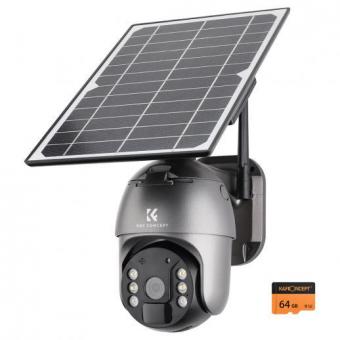


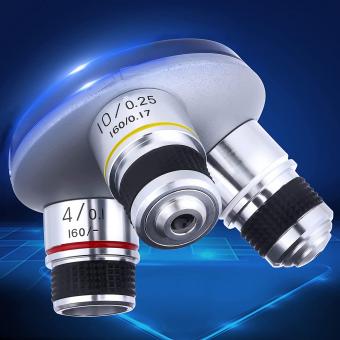




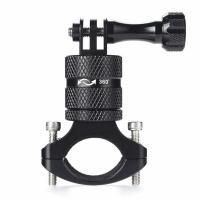


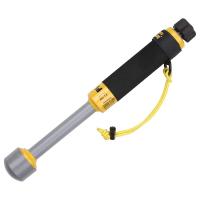


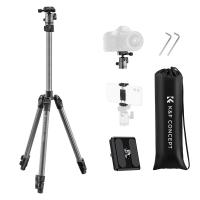
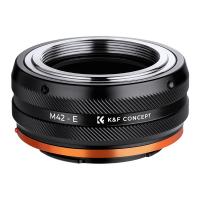
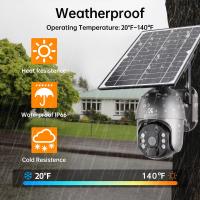
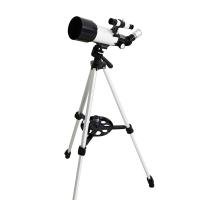


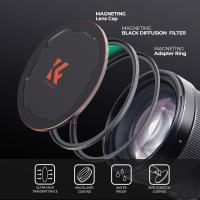


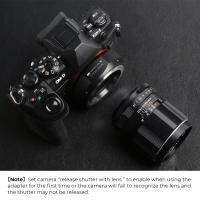


There are no comments for this blog.